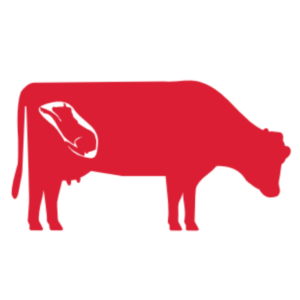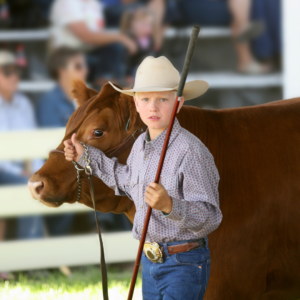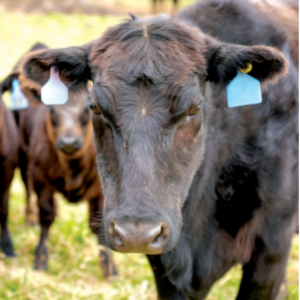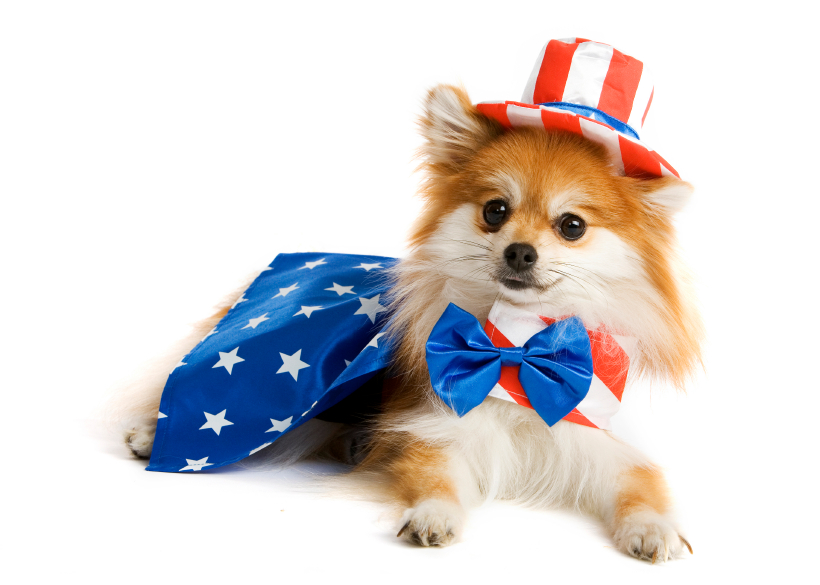 Fortify lifelong immunity through nutrition: A key to healthy cattle? Look at what you feed them. Morbidity and mortality in cattle haven’t improved over time, even though more vaccines are available, educational materials are easier to find and the industry has provided incentives to improve health with value-added programs. Yet, establishing lifelong immunity is still something every herd should strive for – in an attempt to reduce spend on health issues and capture value.
Fortify lifelong immunity through nutrition: A key to healthy cattle? Look at what you feed them. Morbidity and mortality in cattle haven’t improved over time, even though more vaccines are available, educational materials are easier to find and the industry has provided incentives to improve health with value-added programs. Yet, establishing lifelong immunity is still something every herd should strive for – in an attempt to reduce spend on health issues and capture value.
There are three different types of immunity: innate, passive and active. A comprehensive management plan that includes health protocols, limiting stress and balancing nutrition will give your herd the base it needs for optimized immunity.
Innate immunity:
Innate immunity establishes in a calf shortly after conception and is influenced throughout life. It is the first line of defense to help prevent disease in cattle.
White blood cells are a key component of innate immunity. Whenever there is a breach, like a physical cut, a pathogen can enter the body, causing an infection. The white blood cells then hunt and destroy the virus or bacteria to keep the animal healthy.
Nutritionally, you can stimulate innate immunity and help cattle prevent disease. Nutritional additives like prebiotics and probiotics can help prime the innate immune system to produce white blood cells that work more effectively.
Passive immunity:
Passive immunity, from cows’ colostrum, is shorter-term (lasting only months) and results from proper cow nutrition. Consumption of high-quality colostrum is the starting point for building passive immunity in your calves. Colostrum contains immunoglobulin antibodies, protein and energy which are vital for newborns. If colostrum quality suffers, higher calf morbidity rates can occur.
Cows and bred heifers start creating colostrum in the mammary glands about a month prior to calving. The nutrition fed to cows during this time can impact the quality of colostrum produced.
Colostrum quality can also be set back if nutrition declines during stress events, such as weather challenges like drought or cold snaps.
Cover your bases with balanced protein, energy, vitamins and minerals in your cows’ diet throughout gestation to optimize colostrum production. Feeding supplements during late gestation and keeping minerals available year-round ensures your cow herd has the nutrition it needs to produce high-quality colostrum.
Active immunity:
Active immunity is acquired over time when the immune system is triggered to produce antibodies in response to a pathogen.
It is long-lasting and can be acquired through either natural disease exposure or vaccinations.
Following the disease exposure, when the animal encounters the disease again, their immune system will recognize the pathogen and produce antibodies to fight the disease.
Vaccine response is improved when there is quality nutrition to help support the immune system, too.2 In the weaning phase, several vaccinations may be administered.
Consult with your local veterinarian to develop a plan to proactively develop your herd’s active immunity.
Future health:
Supporting innate, passive and active immunity all starts with nutrition during gestation. How you feed the cow can have a lifelong impact on the calf and it’s future health.
A University of Nebraska study evaluated nutrition’s impact on calves born from cows in two different feeding systems during gestation.3 Cows on native range were either provided supplemental nutrition or received no supplemental nutrition during the final trimester of fetal development. Not surprisingly, cows that received supplemental nutrition had better body condition scores at calving.
An interesting finding was the improvement in the calves’ health later in life. The study found the percentage of calves treated with antibiotics from both groups was similar between calving and weaning. However, from weaning to finishing, 12% of calves born from non-supplemented cows were treated with antibiotics compared to 0% of calves treated with antibiotics from cows that were supplemented during late gestation.
The same study compared another set of cows fed crop residue in the last trimester and found similar results. The treatment rate for calves from supplemented cows was 3%, while the treatment rate for calves from non-supplemented cows was 11%.
The study showed quality nutrition positively impacts fetal programming. The results also indicate positively impacting immune system development for calves sets a base for lifelong health.
Lifelong event:
There’s no silver bullet to building a strong immune system. It’s a lifelong journey that takes a combination of sound nutrition and management strategies to develop and maintain.
In conclusion, take steps now to support immunity by limiting stress during weaning, transport and weather changes. Make sure to provide balanced nutrition throughout all phases of life to ensure the immune system is maintained.
Visit Kissimmee Valley Feed to Fortify Lifelong Immunity Through Nutrition.
Resources:
Ron Scott, Ph.D.,cattle nutritionist for Purina Mills





 Both Kissimmee Valley Feed Locations are closed Labor Day on Monday, September 5th, 2022. Labor Day means a day off for most and the beginning of hunting season!
Both Kissimmee Valley Feed Locations are closed Labor Day on Monday, September 5th, 2022. Labor Day means a day off for most and the beginning of hunting season! 7 Stock Show Preparation Tips: Stock Show Season is around the corner and many students are working with their animals as they prepare for the stock show season. Here are seven tips to consider as you work with your animal.
7 Stock Show Preparation Tips: Stock Show Season is around the corner and many students are working with their animals as they prepare for the stock show season. Here are seven tips to consider as you work with your animal. Using Mineral As Cost-Effective Health Management: It’s time to think about mineral differently.
Using Mineral As Cost-Effective Health Management: It’s time to think about mineral differently. 